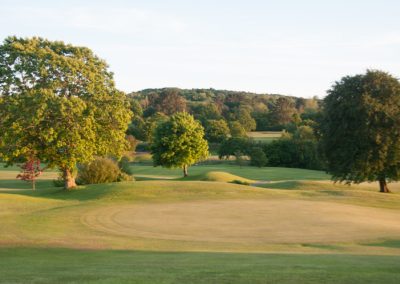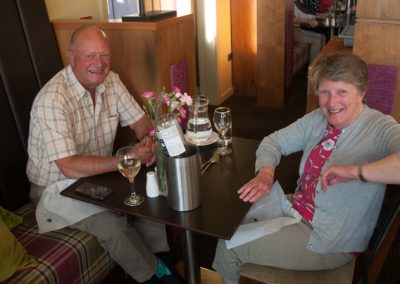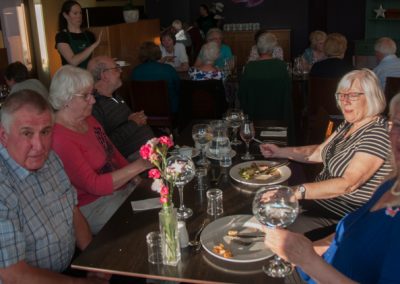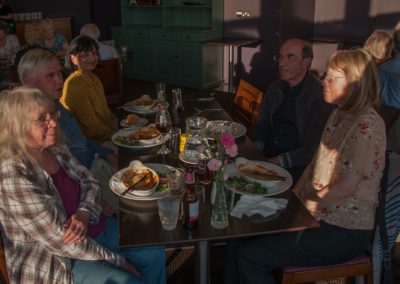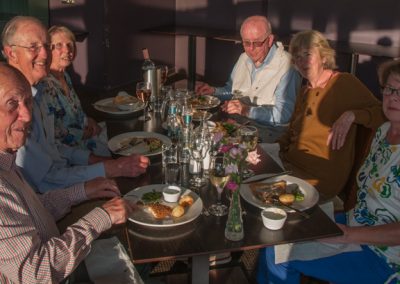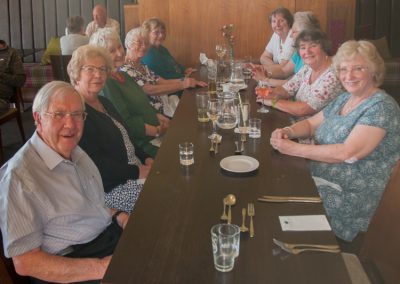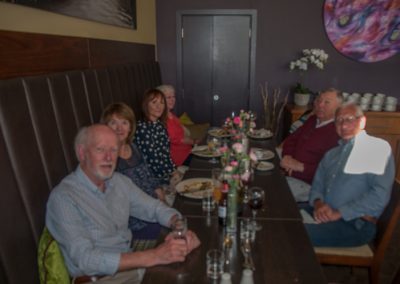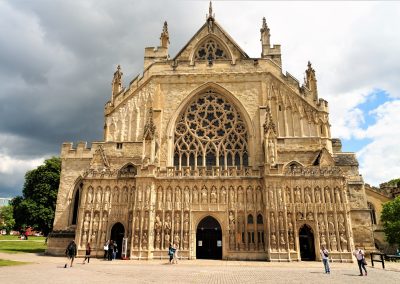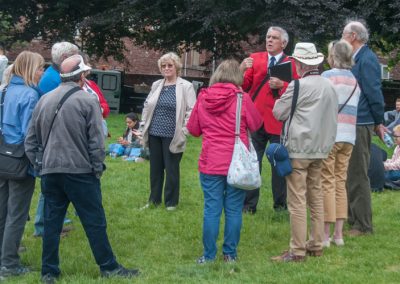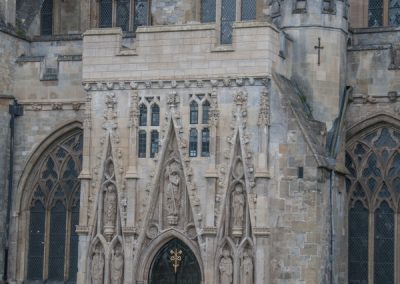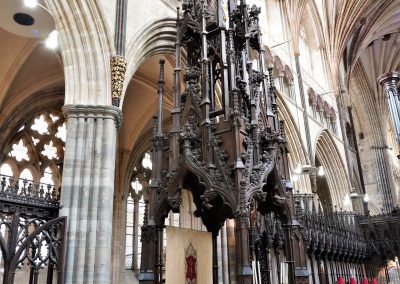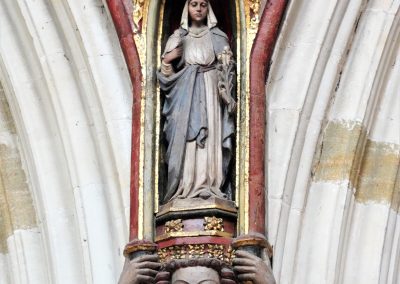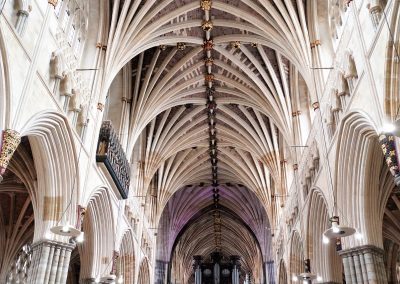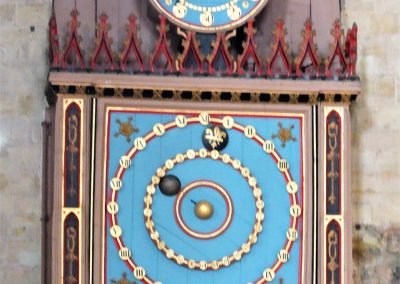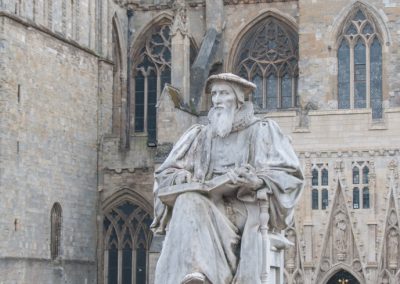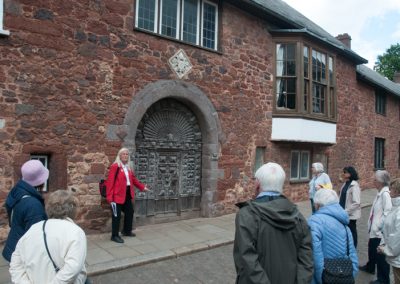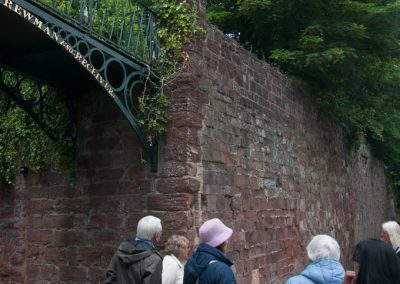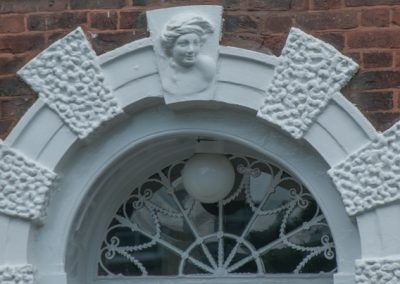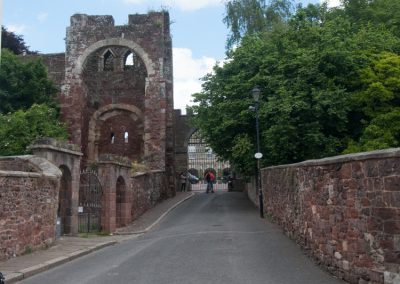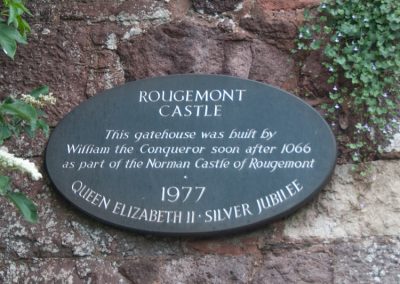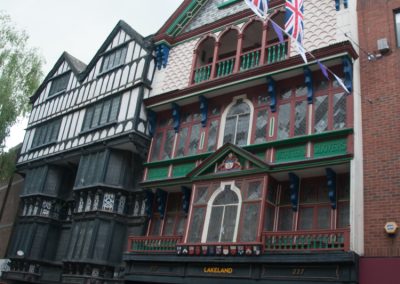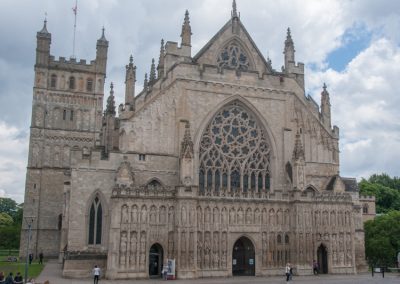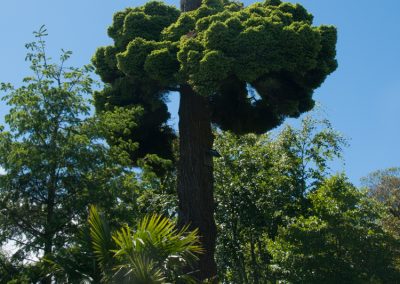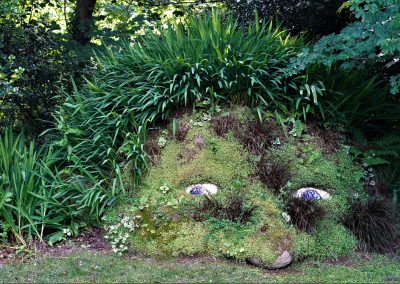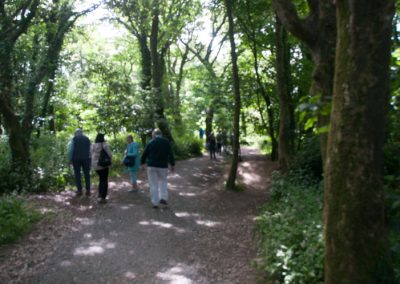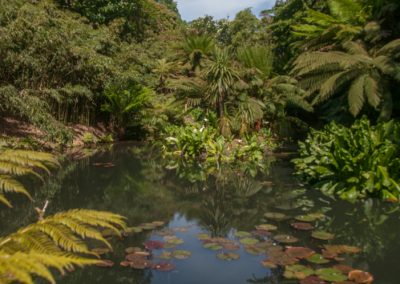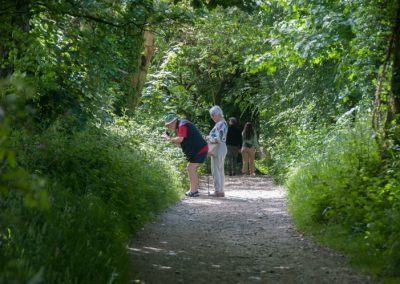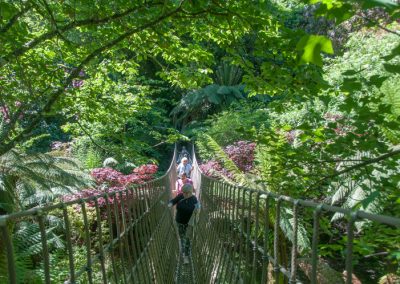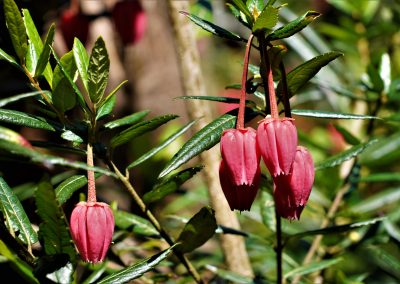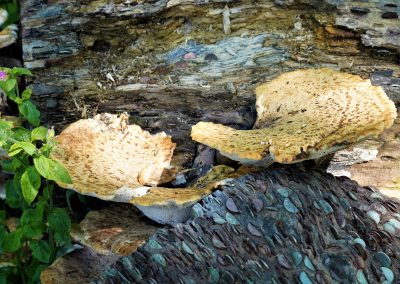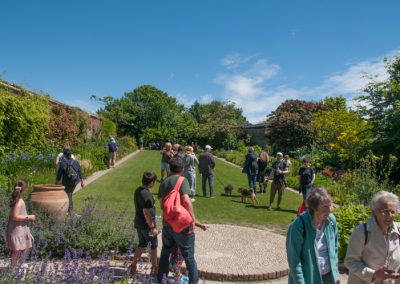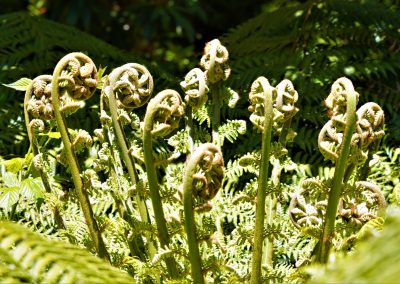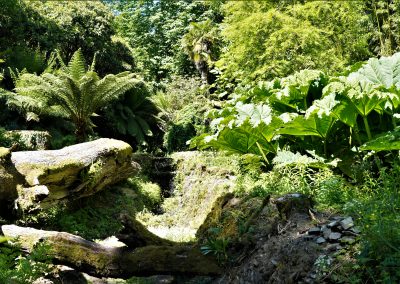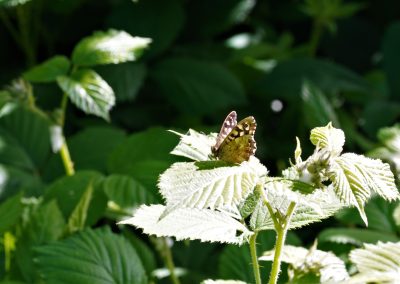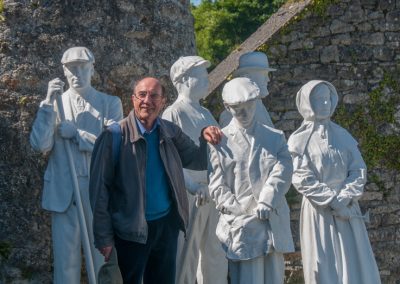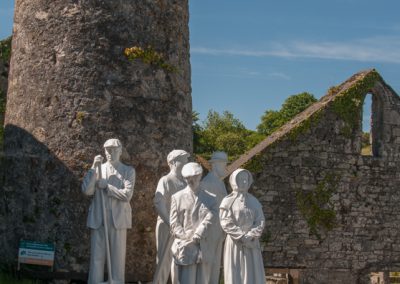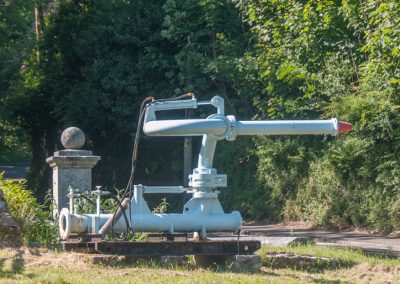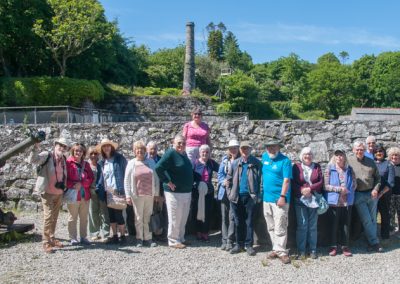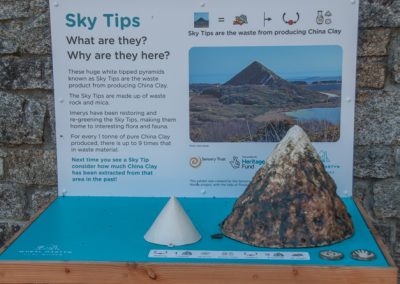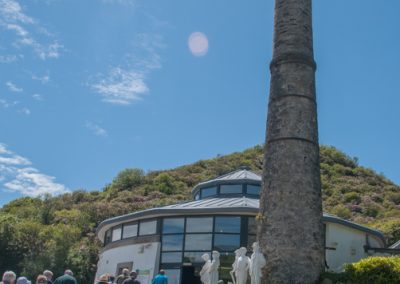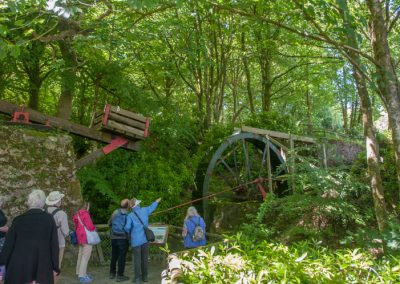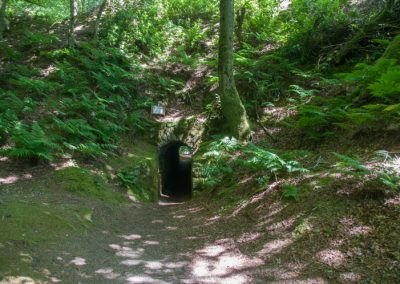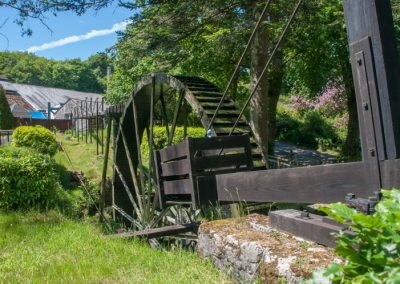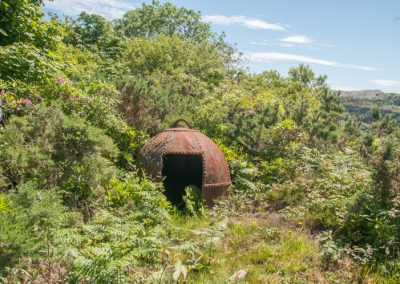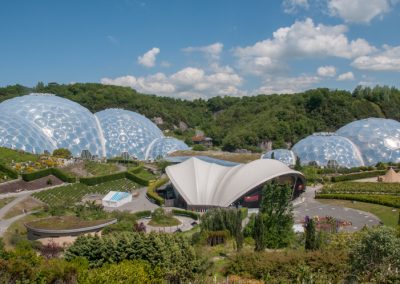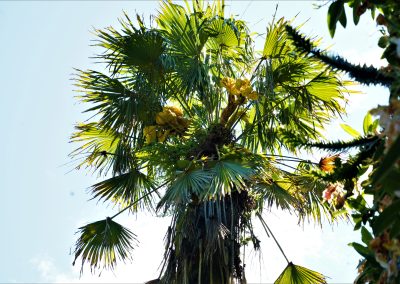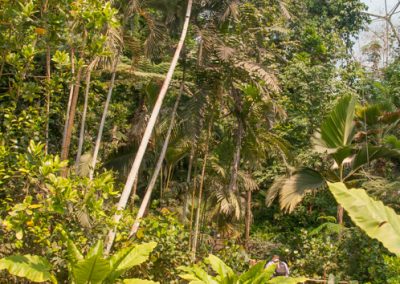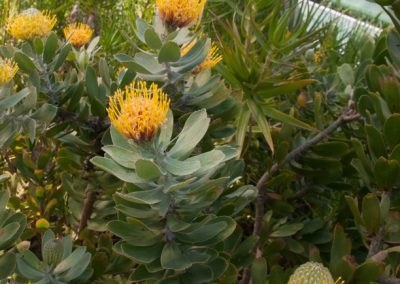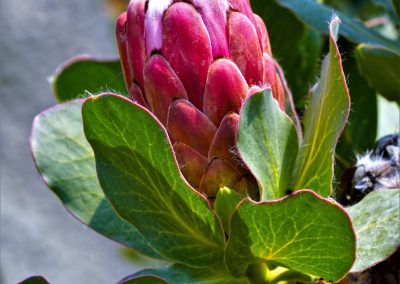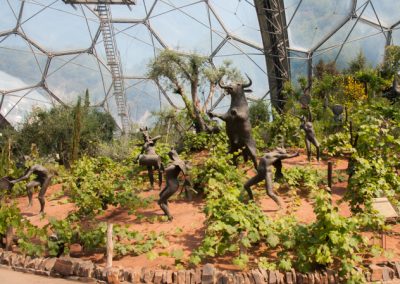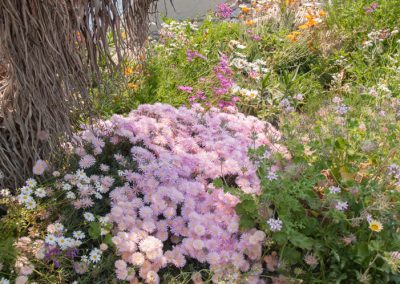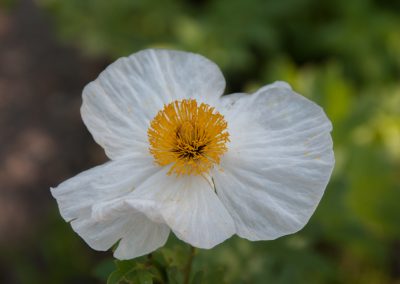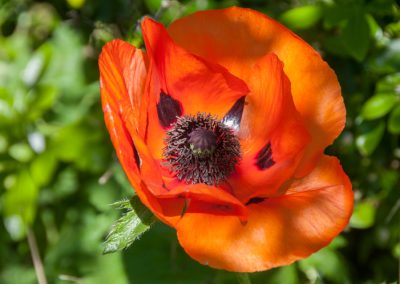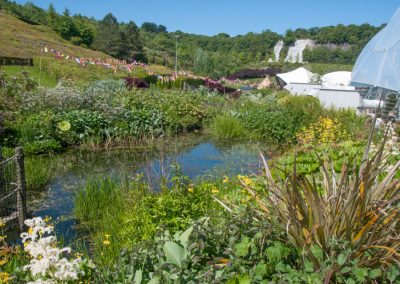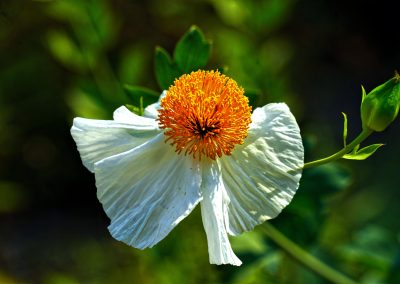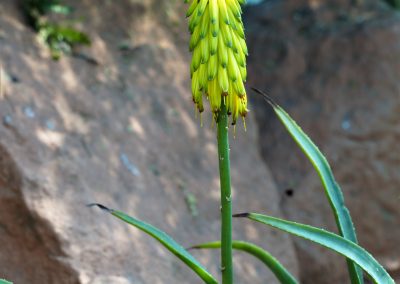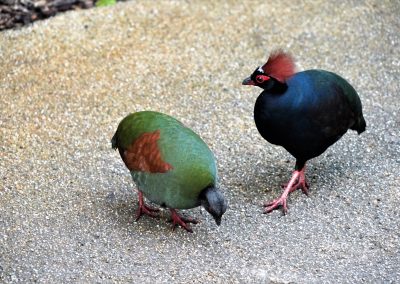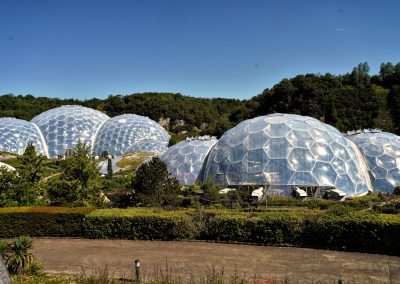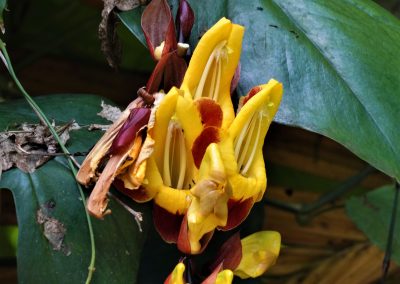This was a wonderful visit. Richard Tucker had put together an extremely interesting and well organised tour. Everything went smoothly and even the sun was on our side. The weather was glorious. The accommodation at Lanhydrock was lovely and we enjoyed pre dinner drinks overlooking the golf course. The only downside was that Richard was unwell and unable to make the trip himself. However, his detailed itinerary and organisation meant that Bob and Clare were able to pick up the reins and lead this fabulous three days.
Thank-you Richard, so glad you are on the mend. Thanks also to Bob and Clare for stepping in and leading a great visit.
EXETER DAY 1
The first stop on our trip was Exeter where we were given a guided tour of the city by the extremely knowledgeable red coat guides. The City Wall tour covers 2000 years of history from the Romans to present day. We learn about the significance of the Cathedral and how the city developed, the witch hangings and the devasting fire in 2019.
LOST GARDENS OF HELIGAN DAY 2
The Heligan estate is a palatial manor house with surrounding parklands first built in the 1200s. It wasn’t until the 16th century that the wealthy Tremayne family moved in, and another two centuries before they started cultivating what is now known as the “Lost Gardens of Heligan”.
The gardens are considered lost because there was a 75-year period during which they were forgotten and received no attention.
At the outbreak of World War One, the estate employed 20 men working in the Heligan gardens all of whom were conscripted. The manor house took priority and was turned into a convalescence hospital during the war. Jack Tremayne the last heir to the estate died unmarried and childless and Heligan was given to a trust made up of extended family none of whom remembered the existence of the gardens. The gardens remained forgotten until the hurricane of 1990 when the discovery of an old door revealed the lost gardens. In the past 30 years, the gardens have been cultivated and restored to mirror the grandeur they knew in the time of the Tremayne family.
WHEAL MARTYN CLAY MUSEUM DAY 2
The clay works began at Wheal Martyn in the 1820s and were started by Elias Martyn on the Carthew Estate. Elias became one of the major clay producers in Cornwall and by 1869 he was producing 2,000 tons of clay a year at Wheal Martyn. After his death in 1872, the family kept the land but leased the works to other operators and the site continued to operate until 1969.
The museum was established at Wheal Martyn in 1975 by English China Clays Ltd., the producers of China clay at the time. The adjacent Wheal Martyn clay pit continues to operate today under the global mining company, Imerys Minerals Ltd.
EDEN PROJECT DAY 3
In the 1990’s a group led by Tim Smit, bought an exhausted steep-sided clay pit 60 metres deep, with no soil, 15 metres below the water table, and essentially gave it life.
Into it they brought a huge diversity of plants that are used every day but often don’t get to see, planted in soil made from ‘waste’ materials, watered by the rain, in giant conservatories and buildings that drew inspiration from nature.
The project opened to the public in 2001 and with its now famous Rainforest and Mediterranean domes has continued to develop into the most amazing ecological site.
To find out more about the Eden Project visit
www.edenproject.com



